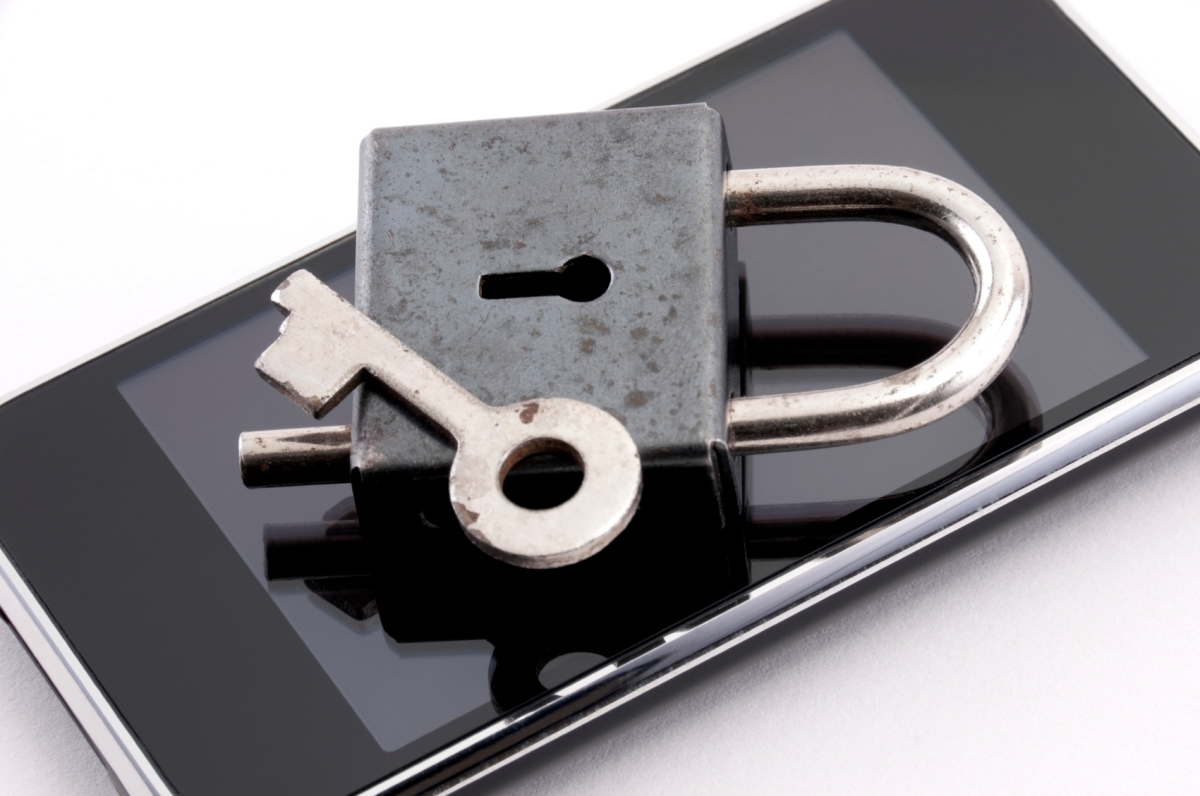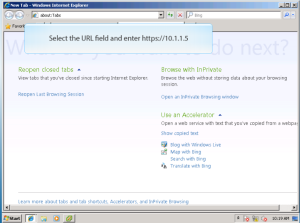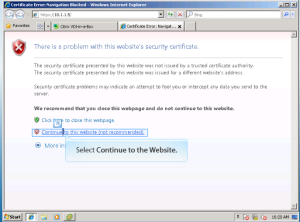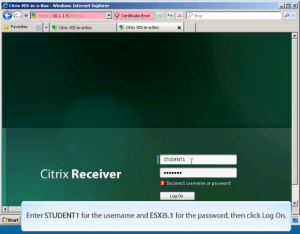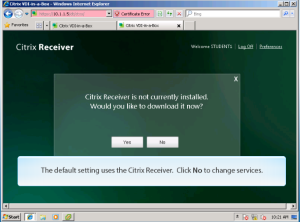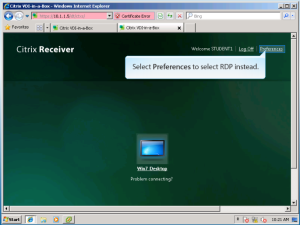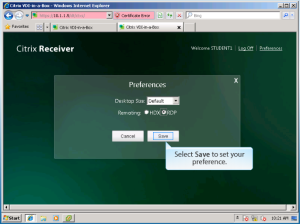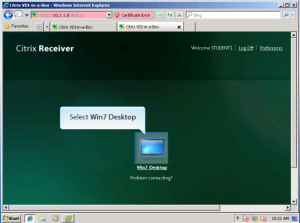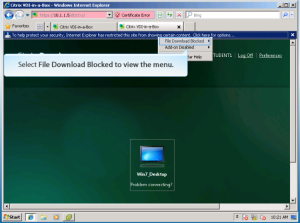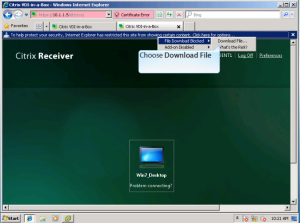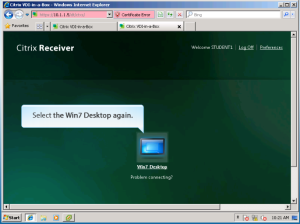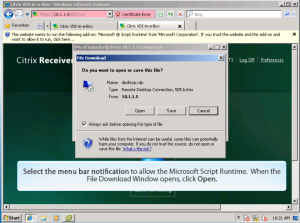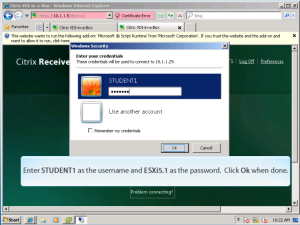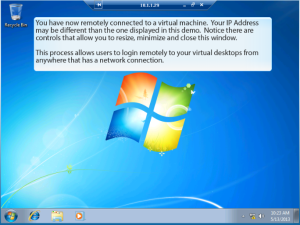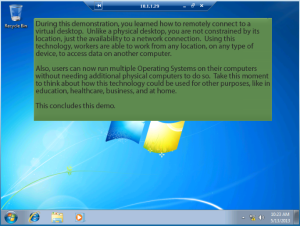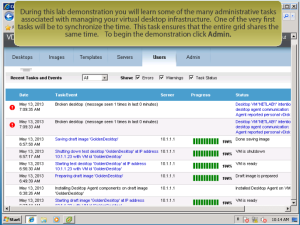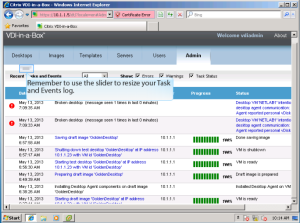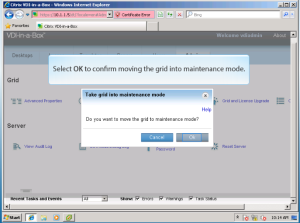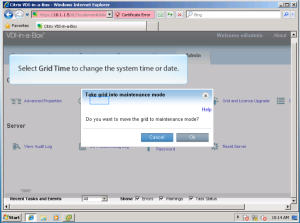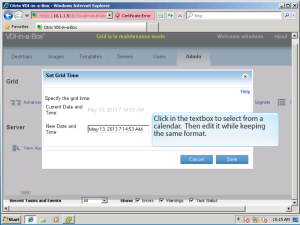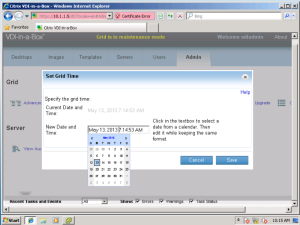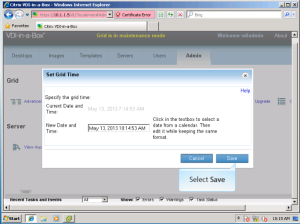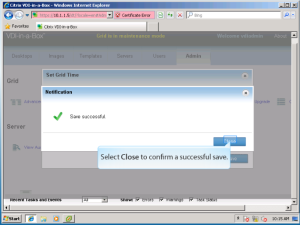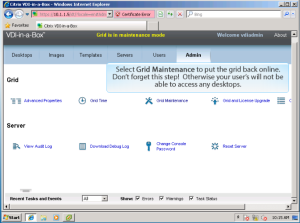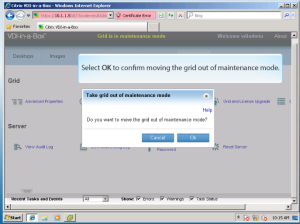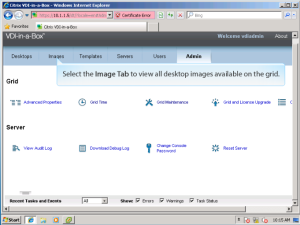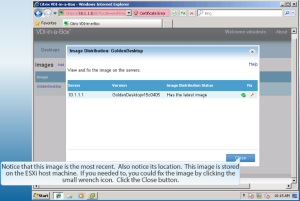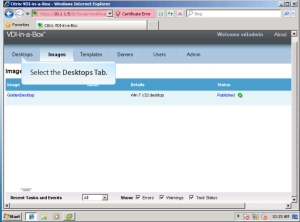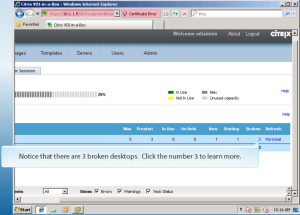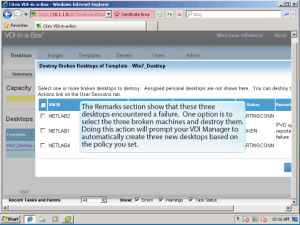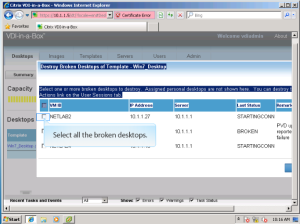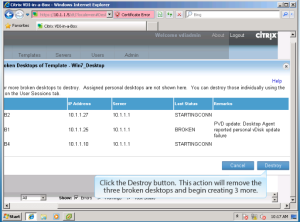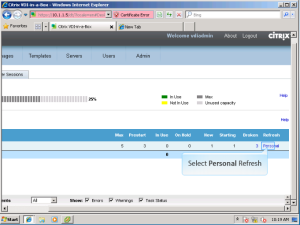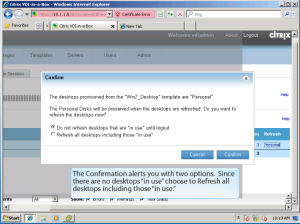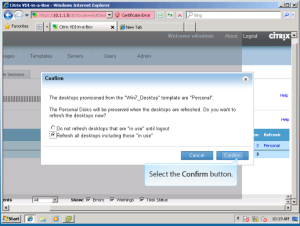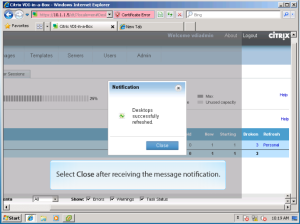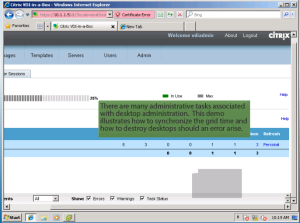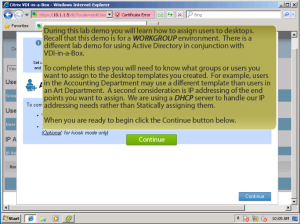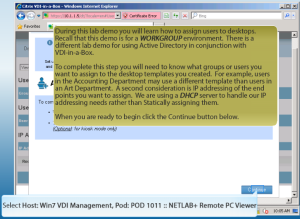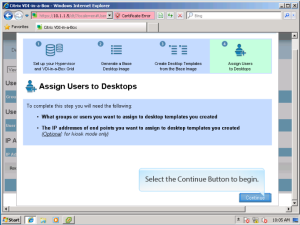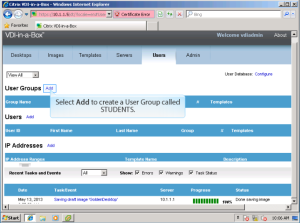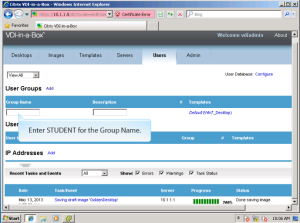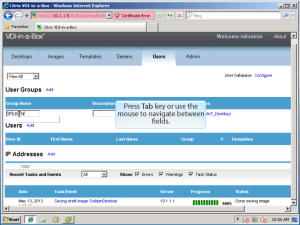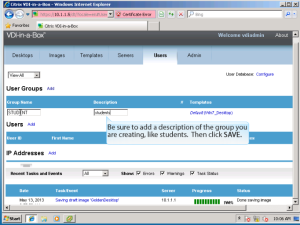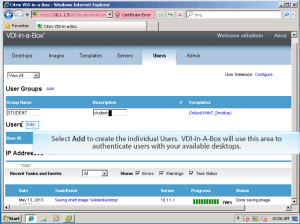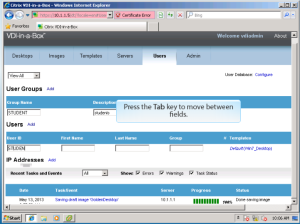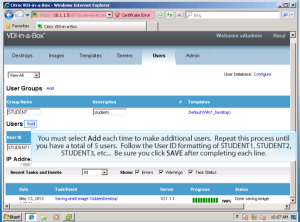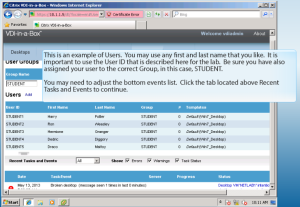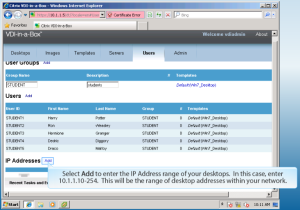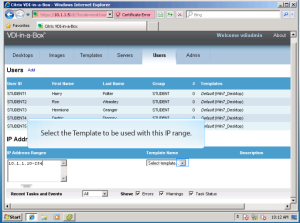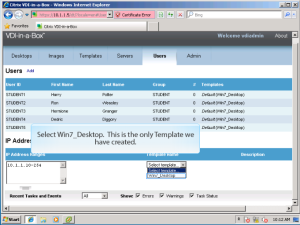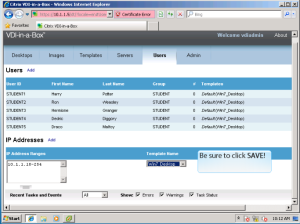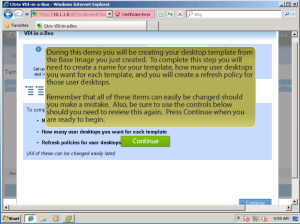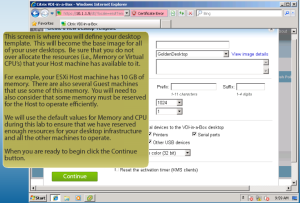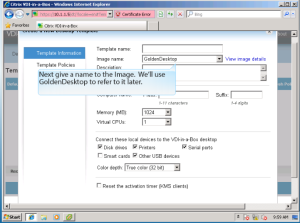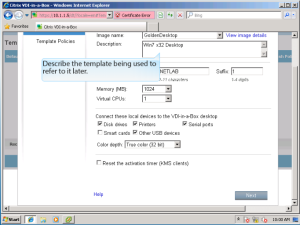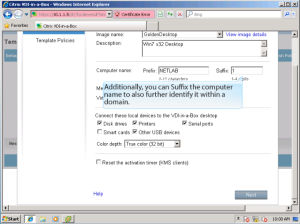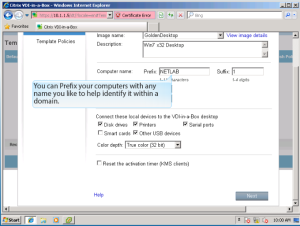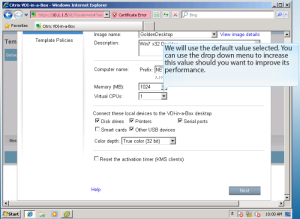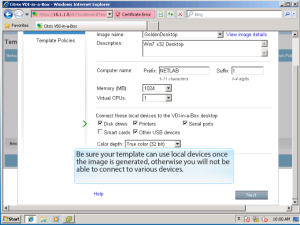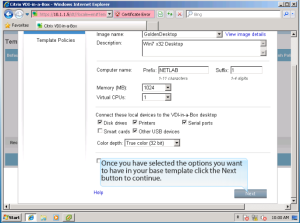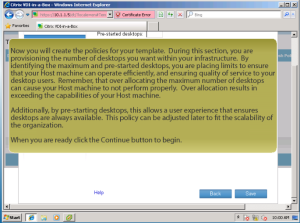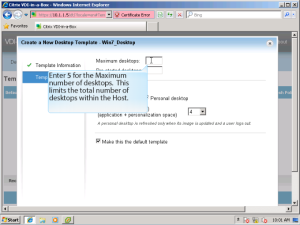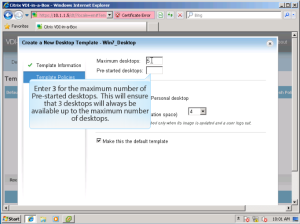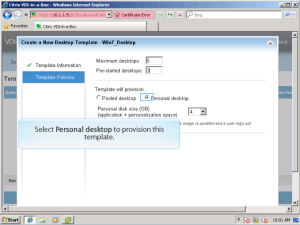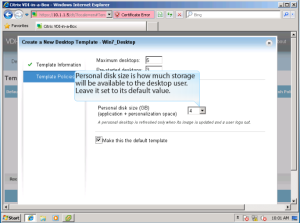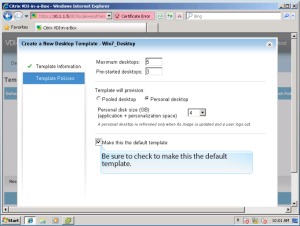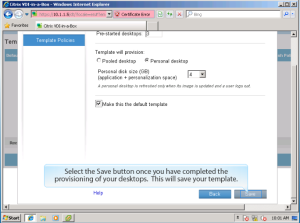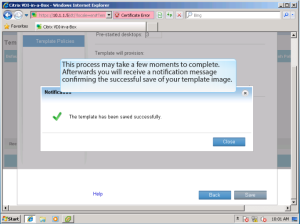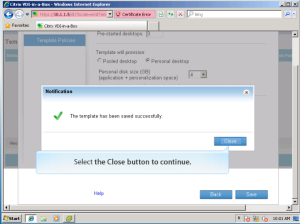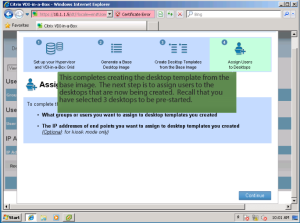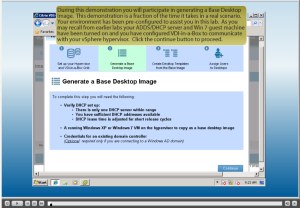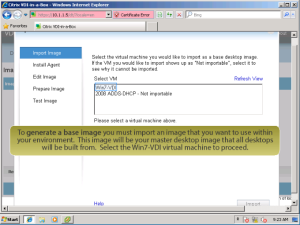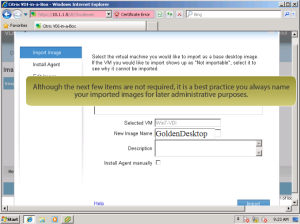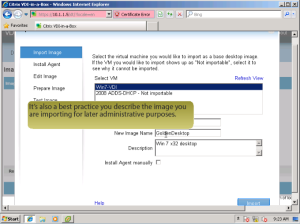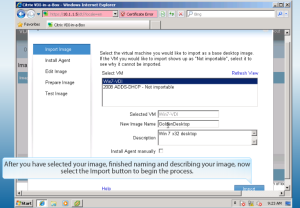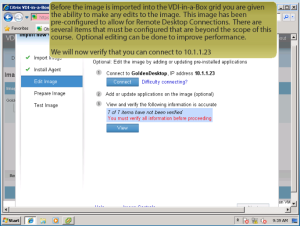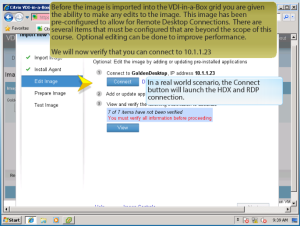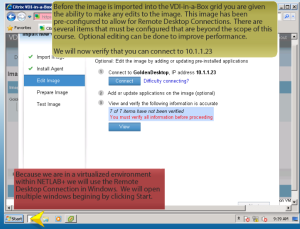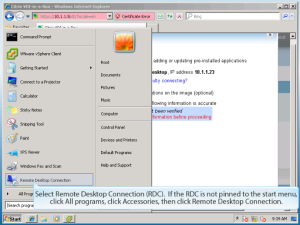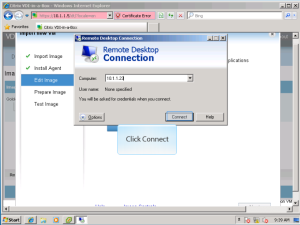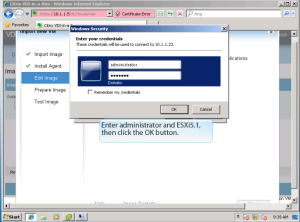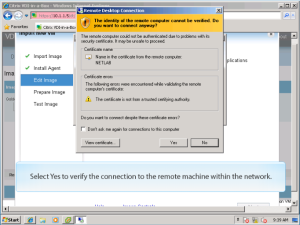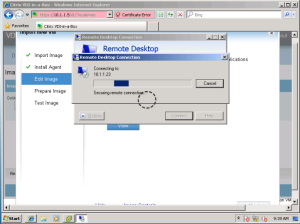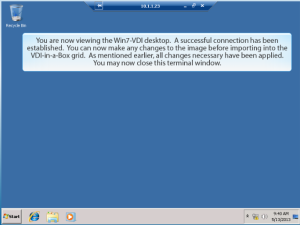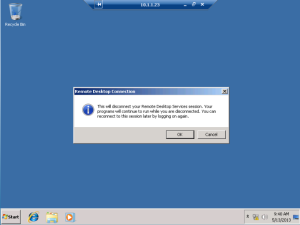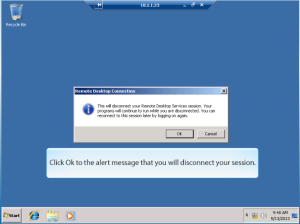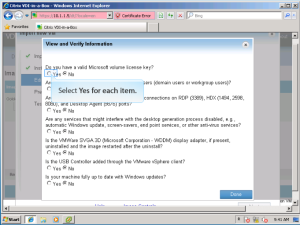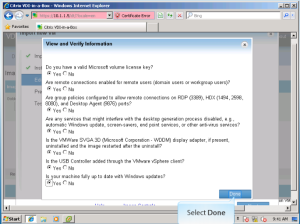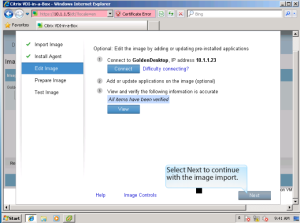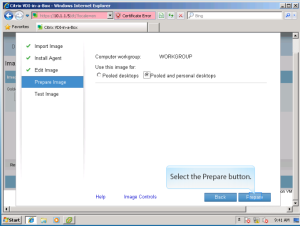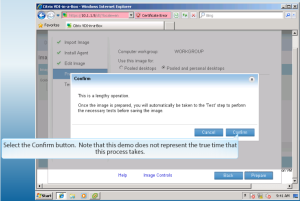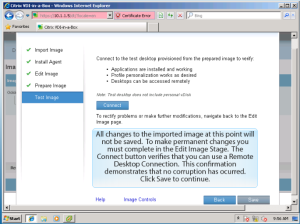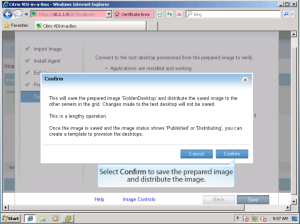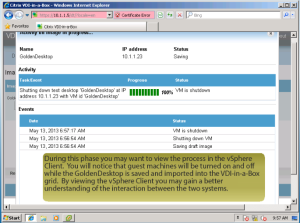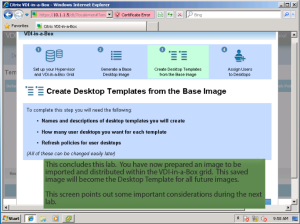This is a question many people cannot answer. Some answer this question with a question, “What are they going to steal from me?” Another really good answer people have given me doesn’t answer the question at all, it reaffirms that they don’t have a clue; “I don’t do anything on the computer other than surf the web.” The fact of the matter is, every computer can get hacked if it is connected to the Internet. The Internet is a web of interconnected devices. If you think just staying disconnected will help, think again. Everyday we connect a plethora of devices to our computers; USB sticks, Camera’s, Cell Phones, and other memory sticks just to name a few. Any device that can store and transmit data can carry a virus or other form of malware. Remember that before the Internet, people got a virus by putting a floppy disk into their PC and tried to run or open a file that was stored on it.
Does antivirus (anti-malware) help? The short answer is yes. However, your antivirus program is only the first step. The fact that you may have antivirus installed on your computer does not guarantee that you will not get an infection. Most antivirus programs are only trying to keep up with the deluge of malware that is written every day. Antivirus programs use a “signature” or heuristic that attempts to recognize the malware. This means that the virus has already been written and released. Antivirus software companies like Symantec, McAfee, Kaspersky, and Bitdefender all use a network that alerts them to problems and they begin the process of writing a defense to it. Your computer gets an update to protect the system from the outbreak. Think of a human virus when we get sick. Its our white blood cells that attack the virus as a defense mechanism against the virus. If our immunity is low or the type of virus spreads rapidly we get sick. Some medication works, other times we visit our doctor to get a stronger prescription. Most of the time this fixes our issues and others we have to take a more aggressive approach to get well. According to Kaspersky Lab released its annual Kaspersky Security Bulletin, which provides the overall malware and cyber-threat statistics each year. At present Kaspersky Lab detects more than 200,000 new malicious programs every day. They are not alone Symantec, Microsoft, and McAfee are doing the same.
I’ve outlined here several signs that you’ve been hacked. Just like listening to our own bodies, our computers will reveal things that can alert us to the fact that it is not doing well. First and foremost backup your files (documents, pictures, videos, favorites, etc.). Secondly, the number 1 recommendation to resolve any breach in your system is to completely restore your system to a known good state. Restore points are not always a viable option if you have backed up the virus! A complete system recovery of a compromised computer is the best option.
One of the most common signs that you’ve been hacked is Internet searches getting redirected. For example, you open up your favorite browser and notice that you are looking at an unknown message or webpage. Sometimes this happens when you type a search and are completely redirected to a completely different site. Many hackers make their living by getting paid for clicks to appear on someone else’s website. Unwanted browser toolbars are another indicator that your browser has been hacked. These unknown toolbars may be watching your Internet activity or worse recording every keystroke that you make. Most toolbars will allow you to remove and uninstall them. When in doubt uninstall it.
The topic of antivirus may be on your mind like it is to so many people. Unfortunately, many people don’t know what they have. Because of this, it causes them to be duped into scams with fake antivirus messages. A common scenario while you browse the web, you are alerted that your computer is infected and a scan is required. “Click Ok” to continue or “Click Cancel.” Clicking cancel usually doesn’t work. The message continues to appear until you finally click the Okay button. While this seems to be scanning, the program is actually installing on your computer and many times disabling your existing antivirus program if you have one. Next thing you notice is the messages telling you how many virus items were detected and for a fee they can be removed. Many user’s input their credit card numbers unknowingly and the detected items are removed. This process may go on and on. Worse, your credit card information is sold, your accounts jeopardized, and your personal information at risk. Take Action! There are a few things you can do. First you can close the active window by pressing the Alt key + f4 key simultaneously. If this doesn’t work, terminate the running task with Task Manager. If you’re unsure how to do this disconnect the Internet connection from the computer and shut down the PC. Reboot the machine into Safe Mode, No Networking, and try to uninstall any newly installed software. Another option is to restore the machine to its previous state with System Restore.
Another sure sign that you’ve been hacked is when your friends receive fake emails from your email account or your online password suddenly changes. Most of the time this happened because you may have responded to an email message yourself requiring you to update your settings, account information, or verify some other type of information. This is called Phishing. Hackers use this method because as many as 1 in 20 respond to the email. Take Action! If you are unsure who the email came from just delete it. It would be better that the individual contact you another way or validate that they actually sent you an email. You would think companies would stop sending this type of email themselves. Many hackers use this tactic because they can duplicate an email that looks very professional and very convincing. Never click on embedded links in emails. If you need to verify information manually type the companies URL into your browser and log into the official site. I recommend changing your password to be safe. Many people tend to use the same password for everything. So guessing one password means the hacker gets the keys to all of your other sites. Try using a passphrase. A passphrase is usually a sentence only you would know like, “I drive a 85 Ford Bronco.” To make it a password follow these steps; 1. Take out the spaces, 2. Capitalize each word, 3. Substitute letters for special characters or numbers, and 4. Use 8 to 15 characters. A final result might look like:
!Drive@85FordBr0nc0.
The most apparent sign that you’ve been hacked is noticing that your mouse moves between programs and makes correct selections. Sometimes your mouse may move by itself, it’s usually hardware related. But your mouse should never move by itself, and select to run particular programs. The only time that this should occur is if you have requested someone to take control of your system. Even in that case, you should know that who you are working with has been verified before they gain access. Take Action! If your computer suddenly comes alive, document it. Disconnect the computer from any networks (wired or wireless) and power off the system. This should be referred to a trained professional. Not taking this seriously can leave you a victim to identity theft, loss of money, or loss of property. I recommend completely restoring the machine, and changing your logon names and passwords using another known good computer immediately. If you notice that any of your accounts are missing money get law enforcement involved before restoring your machine so that a forensic image can be made of the hard drive.
I realize that all of this may seem overwhelming. Just be aware. Be vigilant. Understand that your electronic devices contain more information than you are realizing and that is really what the crooks want. That broadband connection you have is always on, always connected. Keep your system up to date. Most malicious hacking starts in one of three ways; unpatched software, running Trojan horse programs, and responding to fake phishing emails. There are the bold that use social engineering scams but those can even thwart the experts.

